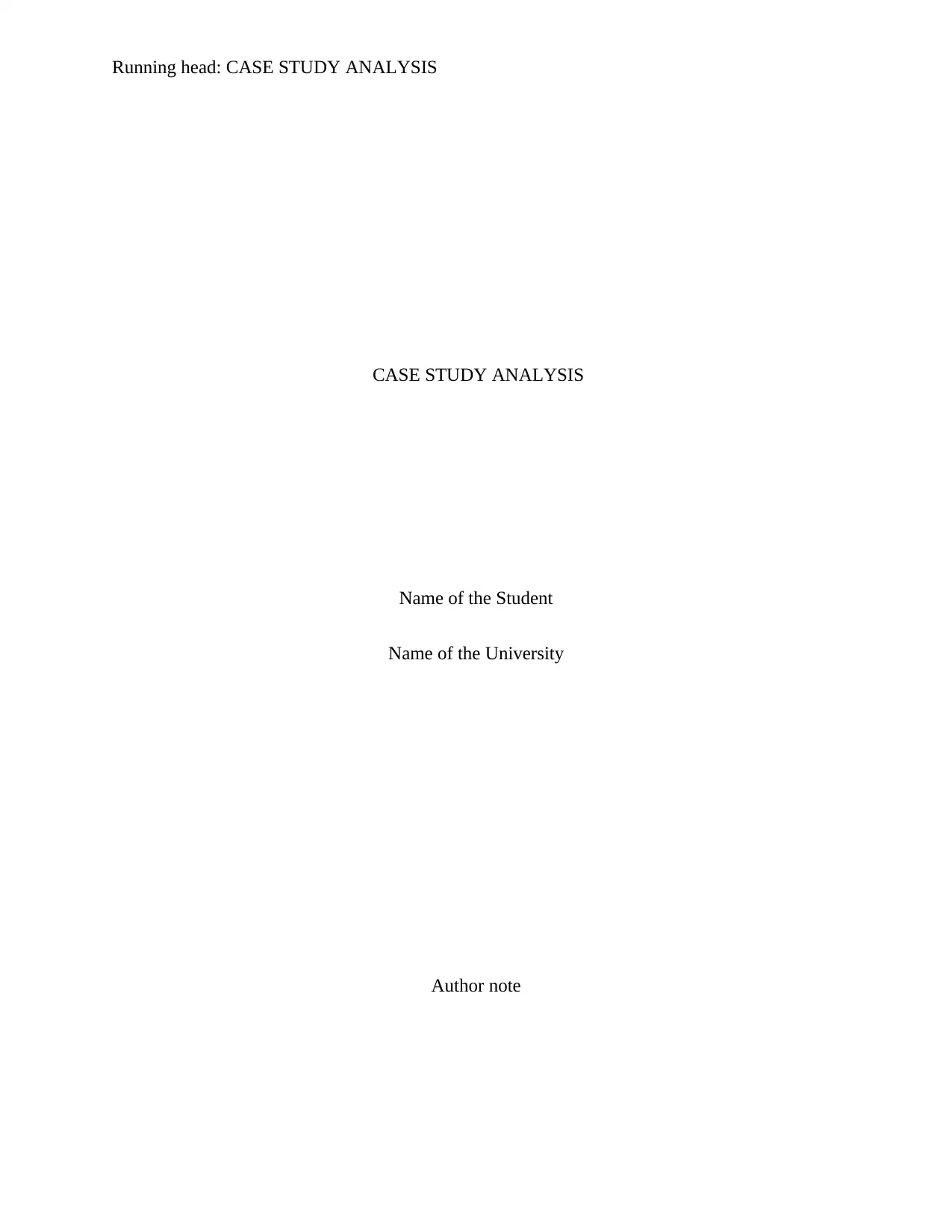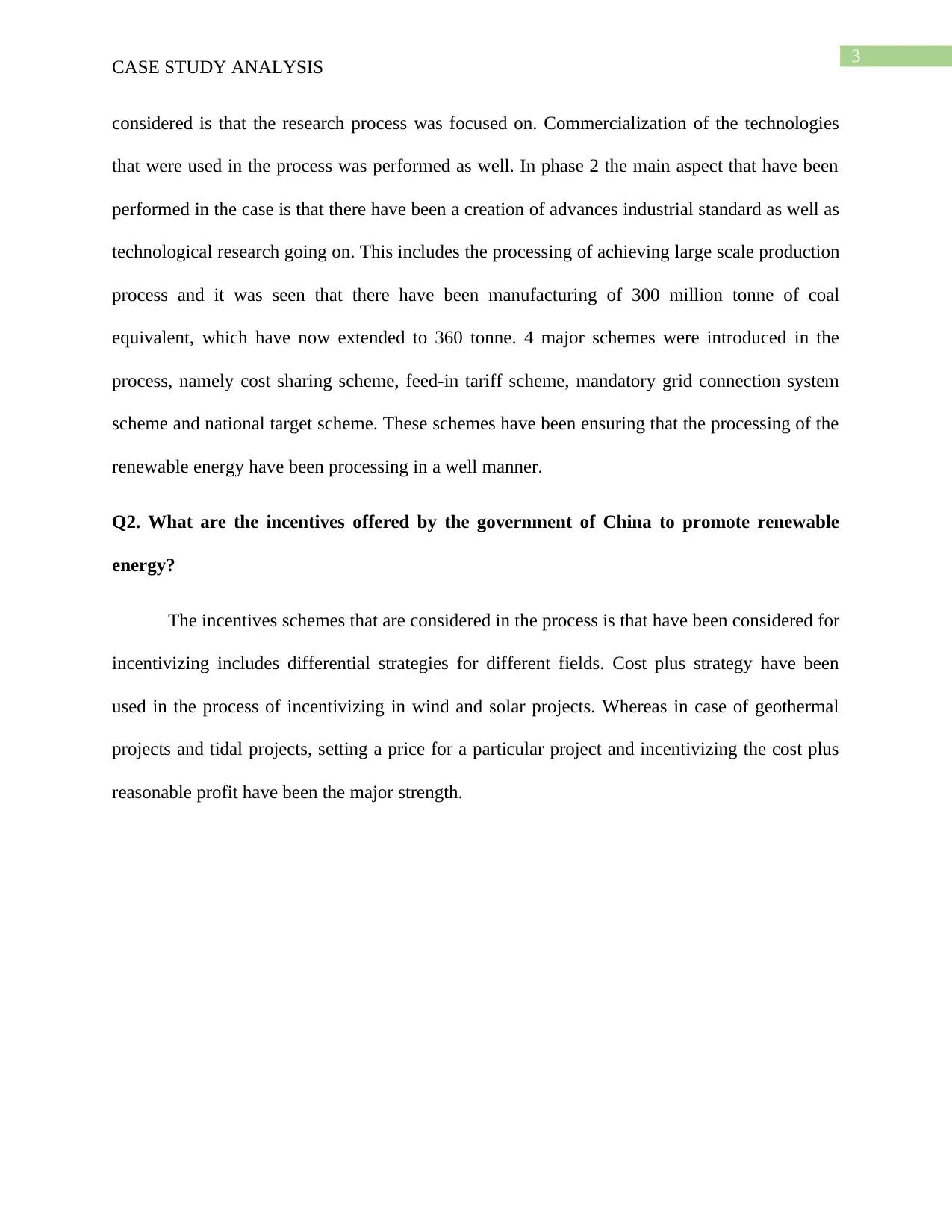Case Study Analysis: Public-Private Partnerships in South Korea
VerifiedAdded on 2022/09/14
|4
|564
|11
Case Study
AI Summary
This document presents a case study analysis focusing on infrastructure development and renewable energy projects in South Korea and China. The analysis begins with an examination of public-private partnerships (PPPs) in South Korea, highlighting the government's efforts to address infrastructure shortages and the evolution of PPP projects across different phases. The study then shifts to China, exploring renewable energy planning, government incentives, and the implementation of various schemes to promote renewable energy adoption. The case studies provide insights into the roles of public and private sectors, policy interventions, and the economic impacts of infrastructure and energy initiatives. The document summarizes key points from the case studies, including the evolution of PPPs in South Korea and the strategies employed by China to foster renewable energy growth.
1 out of 4








![[object Object]](/_next/static/media/star-bottom.7253800d.svg)